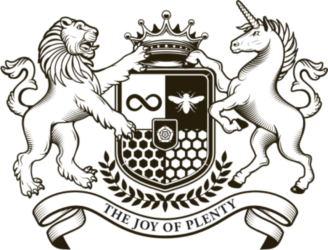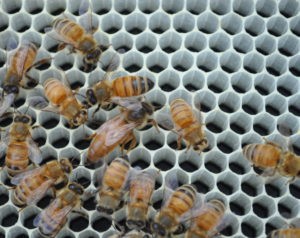Hello, World
I would like to introduce myself and tell you about the journey that led me to develop “The Plenty Method”, a way to multiply your food dollars so you can afford the best food on the planet. Over time, I’d like to know more about you, too.

To start: How do you do? My name is Isabel Montclaire, and I envision a future where people, pollinators and our planet experience radiant health through affordable organic food. Yes! We can join together to make this future a reality. I say, “Why not?” It doesn’t cost you anything to dream – which, by the way, is the title of a song by Rodgers and Hammerstein.
This journey began about ten years ago when I became a planning commissioner for the city of Wilsonville, Oregon, where I live. My job was to advise the mayor and city council on long-term trends and my keen interest in infrastructure, the financial markets and sociology came in very handy in this work.
Wilsonville is unique because it is a suburb that sits on the outermost edge of the Portland metropolitan area, bordered by some of the world’s best agricultural farmland. Plentiful water and a mild Mediterranean climate create ideal growing conditions for a cornucopia of crops: peaches, berries, leafy greens, beets, walnuts, hazelnuts, pumpkins, hops, plums, grapes, cauliflower, garlic, clover, and cilantro, to name just a few.
Farmland preservation was a hot topic for Wilsonville because development was creeping in from all sides. I decided to specialize in the areas of food and water because they are so fundamental to our quality of life. The city placed a high value on farmland and protected it on the policy level, so our views were in harmony – and I was eager to learn more.
During my tenure as a planning commissioner, the city generously educated me. I attended regional and national conferences and was exposed to bright minds and innovative ideas. I was like a sponge, taking it all in. Over time, I started to piece together what in urban planning speak is called a “food system” – the process of getting food on our tables.
It begins when a farmer plants a seed and ends when a shopper plucks an item off the grocery store shelf in anticipation of preparing a meal. Believe me, there is a lot in between: Academic research. Fertilizer and pesticides, farm labor and machinery, farming cooperatives. Processing plants and warehouses. Containers, ships, ports, railroads and trucking. Refrigeration, food safety, and grocery stores. Regulators and inspectors at almost every step. Add to that the policy-level issues, such as immigration, trade, and subsidies. Understanding the complex workings of this system is called “getting the big picture.” [Unfortunately, this big picture comes with a dark side: the “agribusiness operative” that puts corporate profits ahead of the public’s health. The more of us that become aware of the inner workings of this operative, the better, because its power comes from operating undetected. Together, we can shine the light on this entity to diminish its power. To learn more, please read my book “Supercide Me”, available as a free download on our website].
If you want to get beyond this big picture (minus the operative) to see the specifics, check out the 2015 Food Outlook, a biannual report on the global food markets produced by the Food and Agriculture Organization of the United Nations http://www.fao.org/3/a-I4581E.pdf That a single organization could even compile a report like this made me just about fall off my chair.
Early on in my education on this topic, I came to realize that deep fissures were developing in some of these systems, most notably those involved with industrialized agricultural practices. I wondered where the breakdowns would occur and how they would affect us. Could we continue to eat well? As time went on, that wondering turned into concerns about the future of our food and became a gnawing worry that wouldn’t go away. These concerns were the seeds that eventually led to the creation of The Plenty Method, a way to increase your food dollars so you can include more organic food in your pantry. I like to think that when you do The Plenty Method, you will be on “the best food on the planet diet”. Yo!






